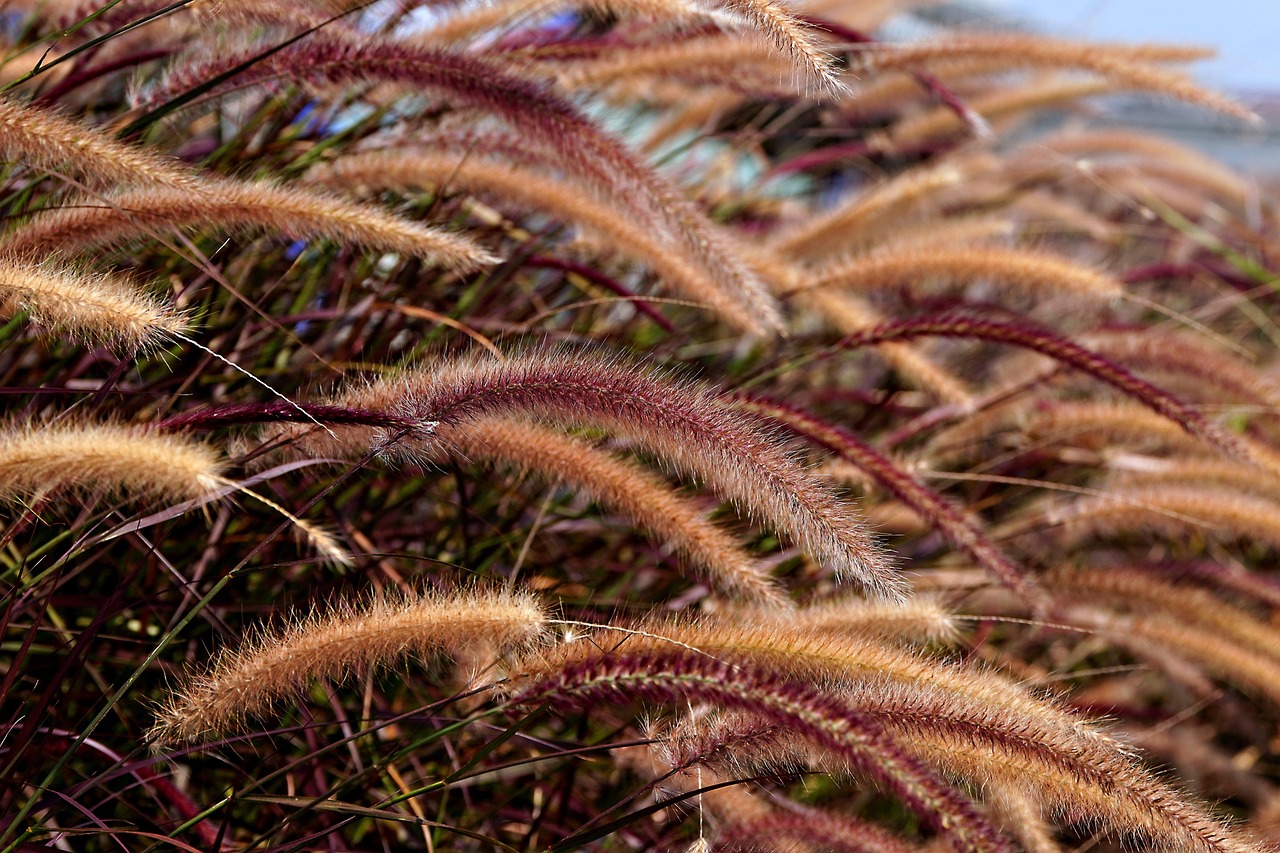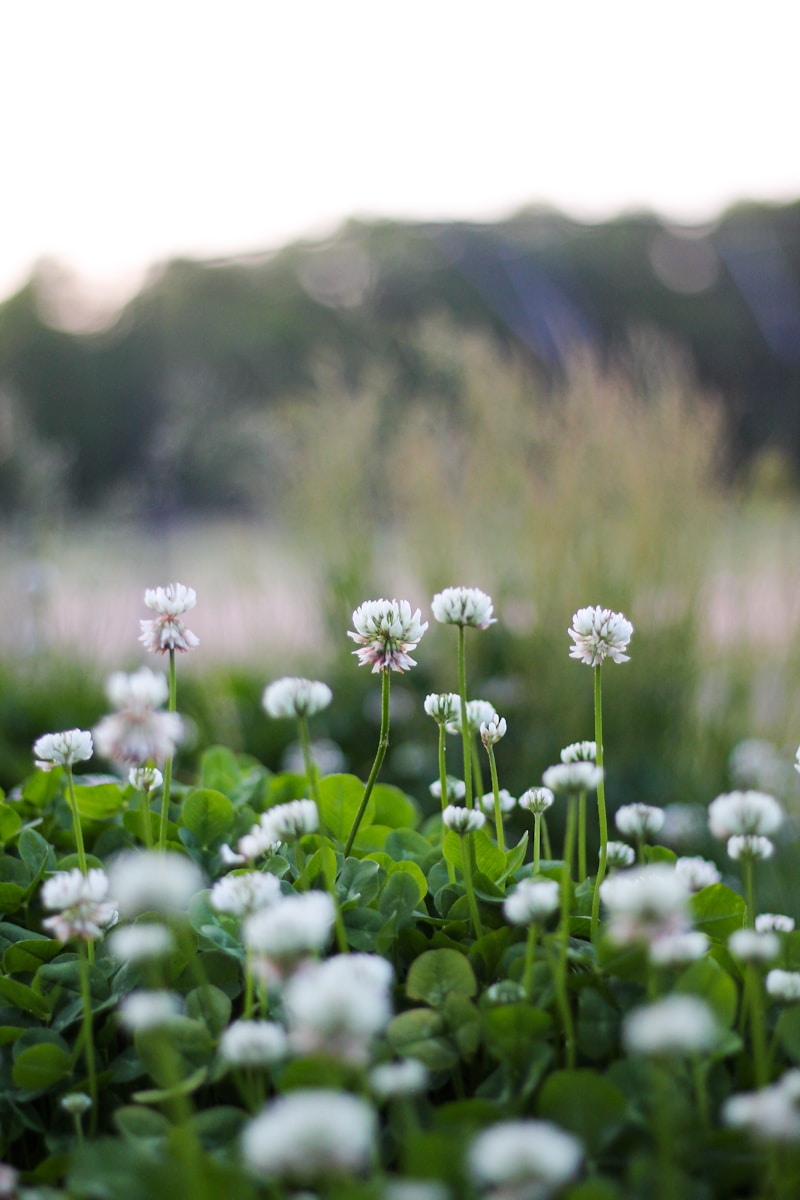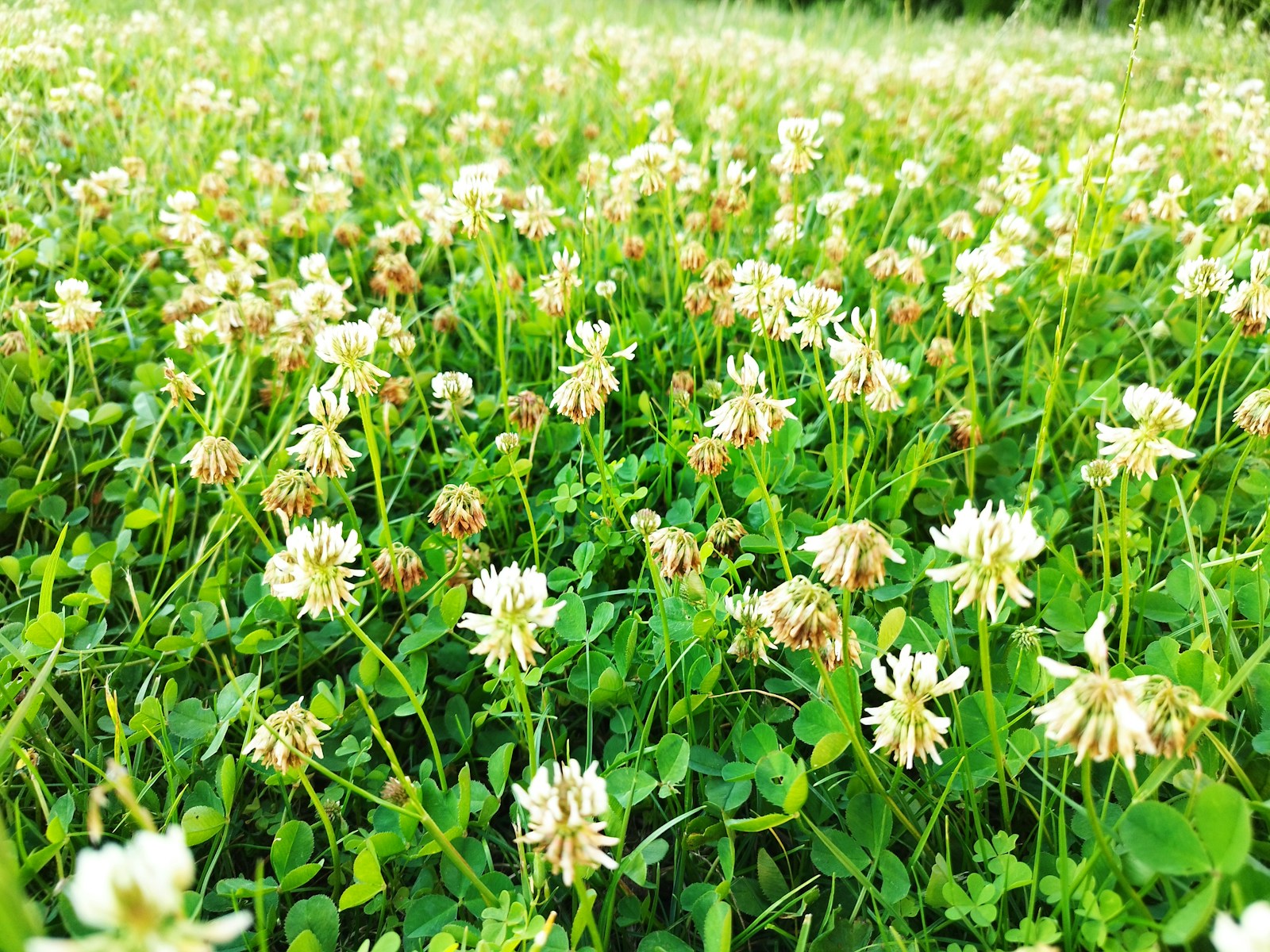Ornamental grasses, like miscanthus, fountain grass, and switchgrass, add texture and movement to gardens. However, left undivided, they form dense clumps with dead centers, stifling growth and reducing visual appeal. Division every 3–4 years reinvigorates plants, improves airflow, and prevents disease. According to Penn State Extension, splitting grasses also promotes drought tolerance by encouraging deeper root systems.
Take a cue from Javier, a landscaper in Phoenix, AZ, who revived his clients’ struggling ‘Karl Foerster’ grasses by dividing them. “The new divisions filled out faster and stayed healthier in the desert heat,” he says.
When to Split Ornamental Grasses: Timing Is Key
The best time to divide depends on the grass type:
- Cool-Season Grasses (e.g., Festuca, Calamagrostis): Early spring, as new growth emerges.
- Warm-Season Grasses (e.g., Panicum, Miscanthus): Late spring to early summer, after frost risk passes.
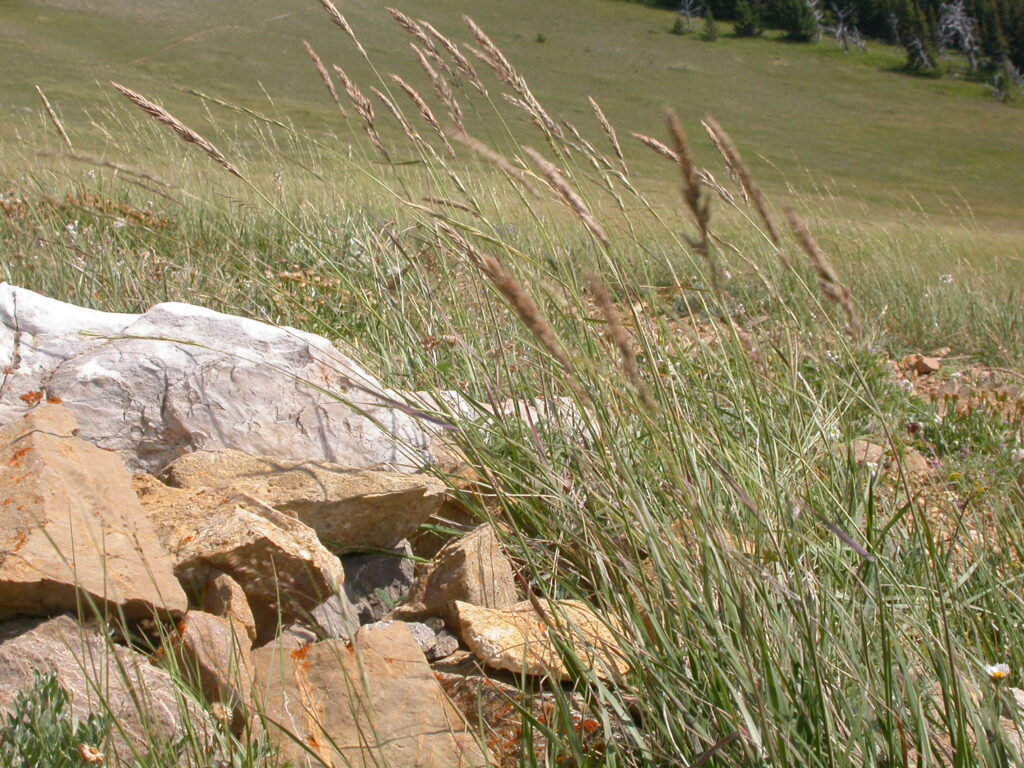
Regional Adjustments:
- Cold Climates (e.g., Boston, MA): Divide cool-season grasses in April; warm-season varieties in May.
- Hot, Arid Zones (e.g., Las Vegas, NV): Split warm-season grasses in March to avoid peak summer heat.
- Humid Regions (e.g., New Orleans, LA): Spring division prevents root rot in soggy soils.
Source: Missouri Botanical Garden – Ornamental Grass Care
Essential Tools for the Job
- Sharp spade or reciprocating saw (for tough root balls)
- Pruning shears or hedge trimmers
- Gardening gloves (thorn-resistant for species like Miscanthus)
- Compost or aged manure
- Watering can or hose
Step-by-Step Guide to Dividing Ornamental Grasses
- Trim Foliage: Cut back grass to 6–12 inches for easier handling.
- Water Deeply: Hydrate the plant 24 hours before digging.
- Dig the Clump: Circle the plant 8–12 inches from the base, then lever the root ball out.
- Split the Roots:
- Small Clumps: Use a spade to slice through the crown.
- Large Clumps (e.g., Pampas Grass): Saw through the root ball into sections with 3–5 healthy shoots each.
- Replant Promptly:
- Plant divisions at the original depth in well-draining soil amended with compost.
- Space 2–3 feet apart (varies by mature size).
- Water and Mulch: Soak soil and apply 2–3 inches of mulch to retain moisture.
Pro Tip: Sterilize tools with rubbing alcohol to prevent disease spread.
Spring vs. Summer Division: A Comparison
| Factor | Spring | Summer |
|---|---|---|
| Root Recovery | Ideal for cool-season grasses | Best for warm-season grasses |
| Bloom Impact | Minimal disruption | May delay flowering slightly |
| Best For | Early-growing varieties | Heat-tolerant species |
| Risk | Frost damage in cold zones | Drought stress in hot climates |
Source: University of Minnesota Extension
5 Common Mistakes (and Solutions)
- Dividing Too Late:
- Mistake: Splitting grasses in fall risks winter kill.
- Fix: Stick to spring/summer for warm-season types.
- Ignoring Root Type:
- Mistake: Treating clumpers (e.g., Miscanthus) like spreaders (e.g., Phragmites).
- Fix: Research growth habits—only divide clumping varieties.
- Overwatering:
- Mistake: Soggy soil causes root rot in drought-tolerant grasses.
- Fix: Water deeply but infrequently (1–2x/week).
- Poor Tool Choice:
- Mistake: Using dull tools that crush roots.
- Fix: Sharpen blades or use a reciprocating saw for thick crowns.
- Replanting Too Deep:
- Mistake: Burying the crown, which stifles growth.
- Fix: Match the original planting depth.
Troubleshooting Post-Division Issues
- Browning Centers: Sign of overcrowding. Divide smaller sections next time.
- Wilting: Shield divisions with shade cloth for 1–2 weeks in hot climates.
- Slow Growth: Apply a balanced fertilizer (10-10-10) in early summer.
- Pests: Aphids and mites target stressed plants. Spray with insecticidal soap.
Sustainability Spotlight
Dividing ornamental grasses reduces water use and supports native ecosystems. The Lady Bird Johnson Wildflower Center in Texas promotes native grasses like Schizachyrium scoparium (little bluestem) for erosion control and wildlife habitat. Participate in local seed swaps or donate divisions to community gardens.
Source: Lady Bird Johnson Wildflower Center

Real-Life Success Stories
- Chicago Botanic Garden’s Prairie Revival: The garden divides native switchgrass (Panicum virgatum) every 3 years to maintain its 385-acre display, attracting pollinators and reducing irrigation needs.
- Austin’s Xeriscape Project: Volunteers divided and replanted 200+ drought-tolerant grasses in public parks, cutting water use by 40%.
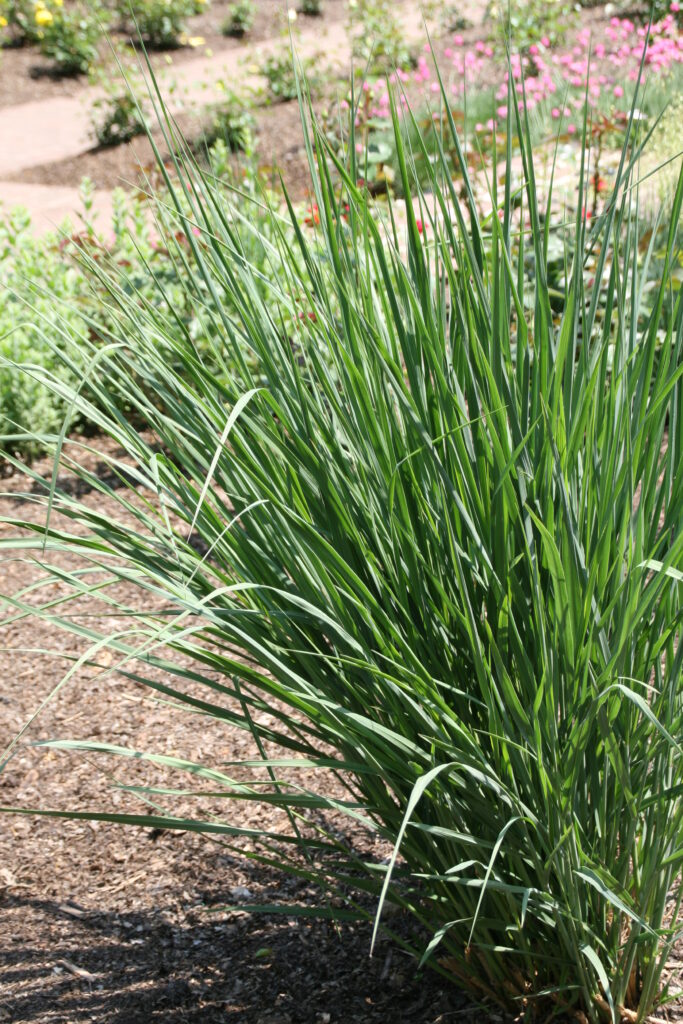
FAQs
Q: Can I divide ornamental grasses in fall?
A: Avoid it—fall divisions often fail to establish before winter.
Q: How often should I divide grasses?
A: Every 3–4 years, or when the center dies out.
Q: Can I grow divisions in containers?
A: Yes! Use large pots with drainage holes and gritty soil.
Final Thoughts
Dividing ornamental grasses ensures a resilient, low-maintenance landscape. Whether you’re in snowy Denver or sunny Miami, proper timing and technique keep your garden vibrant and sustainable. Grab your saw, embrace the split, and watch your grasses thrive!
